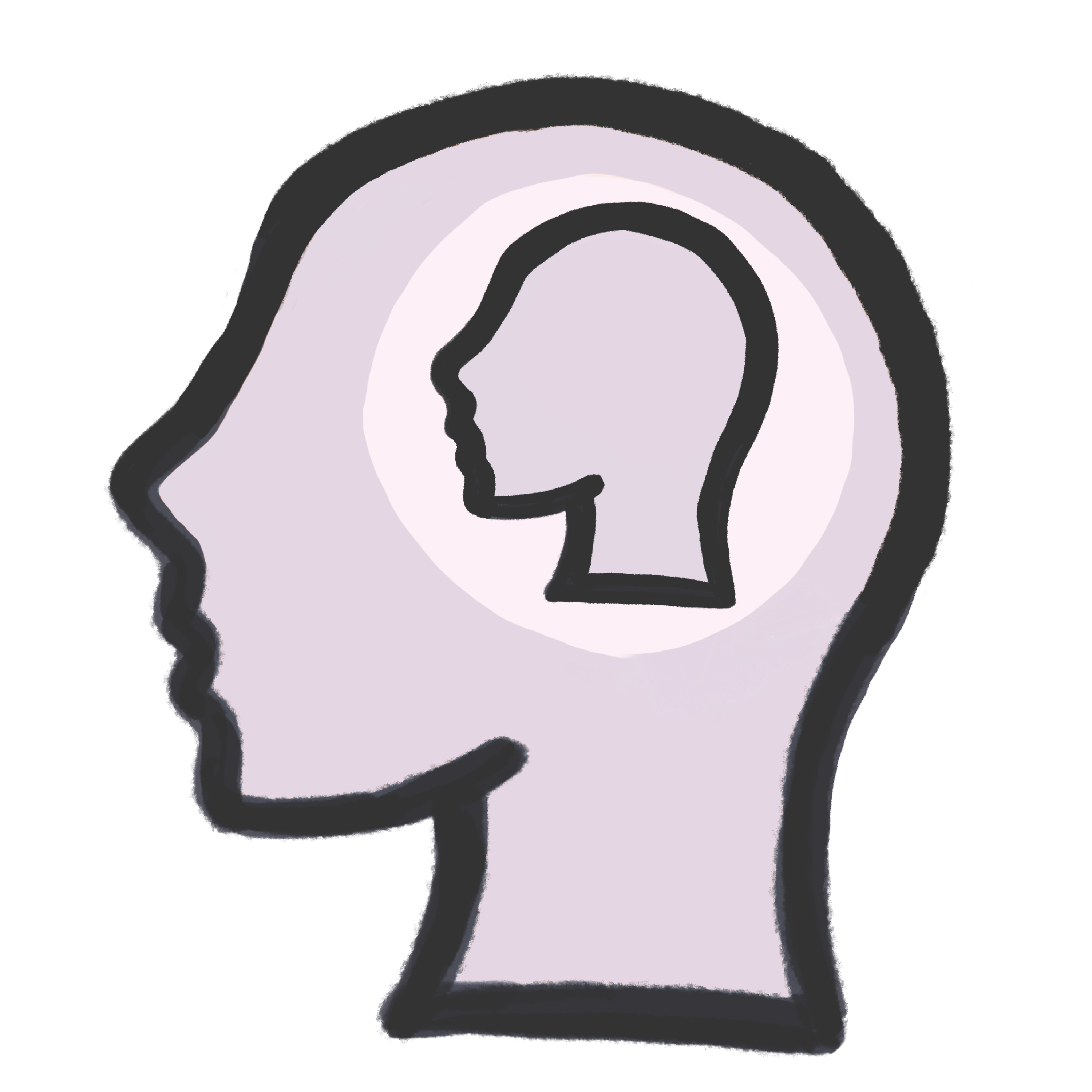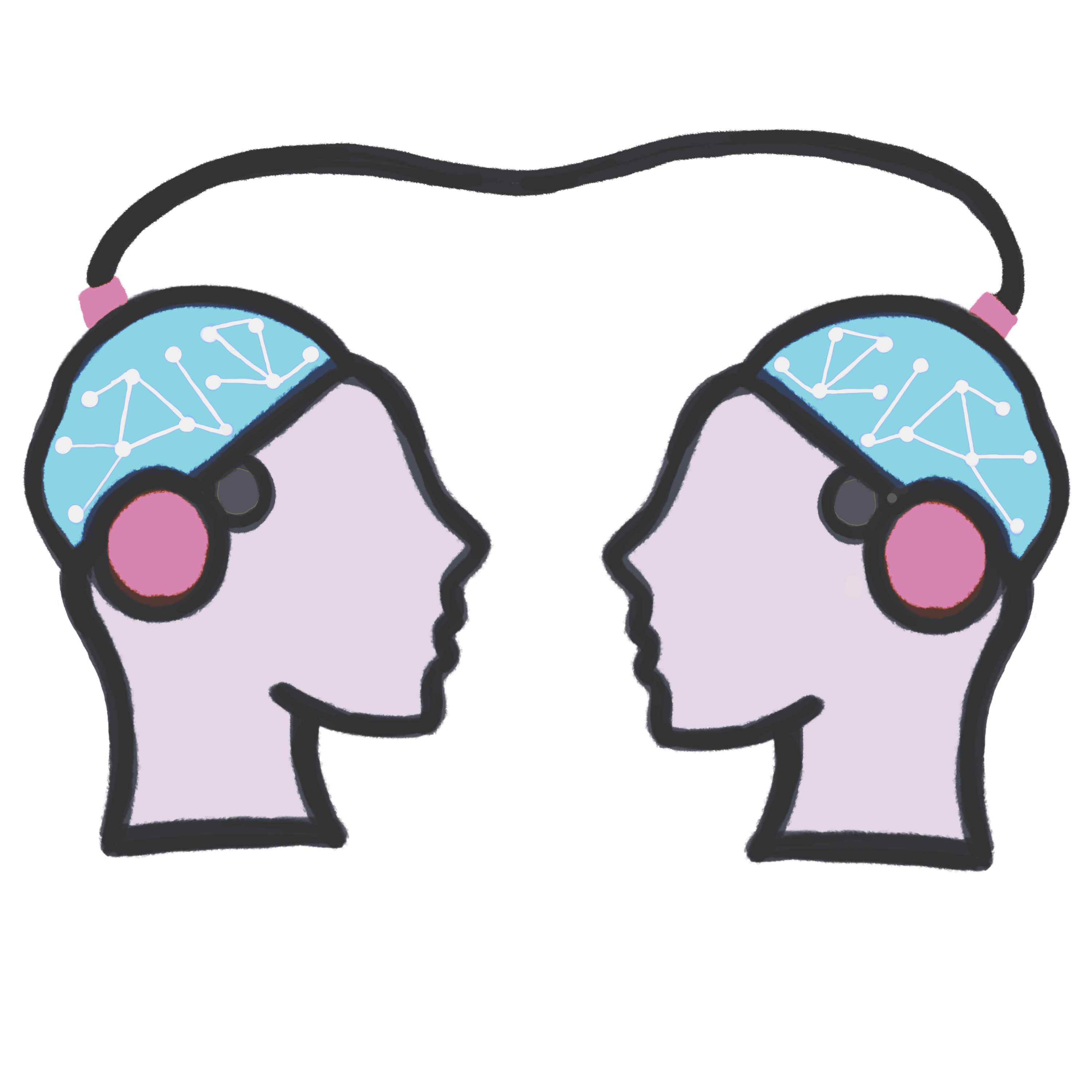


Neural nanonics are a form of nanoscale technology implanted at the base of the skull that serve as a highly advanced computer system directly linked to the subject's brain. Neural nanonic sets are available in a variety of models which vary in power and applications, like modern computers. Neural nanonics range from very basic models, designed for the average person which allows the day-to-day functions of a neural-linked information culture, to incredibly complex and powerful sets which can allow a user to fly starships (or fly them automatically, to a lesser degree) or command battalions of men. Functioning nanonics have no undesired control over the brain, preserving the will and privacy of the user. However, programmes can be set to "primary" mode, at which point they can aide the user, or take control of certain bodily functions completely. Applications: Datavises: E-mail type communication with people and machinery. Control over equipment occurs with thought alone. Sensevises: A way of communicating and viewing data. An image alone with sound , smell, texture, taste etc is electronically encoded directly into the brain. This allows a close approximation to the Edenist affinitygene on a technological level. It provides full stimulation, and complete immersion in a fantasy world. Secure (Level 1) sensevises can occur which are said to be unbreakable by human technological standards. Neuroiconic-Display: Displays data "into your mind", the data is viewed through your eyes in your peripheral vision, everything from the time, to datavise answers, through to starship controls and readouts can appear. The information can be expanded on through thought, at which point the display will give greater detail, or activate/answer/respond to, the message/program etc. Damage to the host body (physiological monitors) or starship, etc, are overlaid as icons on a outline of the object in question. Enhanced memory retrieval: Memories can be "sorted" and "filed" as well as played back and backed up. Physiological and Biochemical Control Functions: Nanonics allow a user to access their body's chemical and physical functions for the purposes of medical diagnosis and treatment--nanonics improve the speed and effectiveness of medical nanonic packages for instance. On a lighter note, neural nanonics allow a person to minimize the effects of their body's unwanted physiological functions, including dampening the effects of alcohol and sexual arousal. Axon Blocks: Axon blocks can block any form of pain from the body, allowing the user to continue to function even with severe wounds. They can also block nausea, and bodily functions, for a while at least. Stimulant Programs: “Stim” programs as they are known range from increasing adrenalin production in times of danger, to flooding the body with endorphins, the higher range programs are considered black market, as they very closely replicate the effect of drugs, with many of the same side effects. Somnolence Progams: Force the user to sleep Attack/Defence: Programs analyse attacks of enemies and can give counter moves, in primary mode many even perform the moves on behalf of the user. This can also “spot” dangers which a normal human may miss. Other uses: Automatic weapon control, Encyclopedia Galactica, SII Suit control, linguistic translation, news informats, starship astrogation, net searches, sight amplification, hearing amplification, full range nerve overrides for the entire body, implant command, total indexed memory recall, electronic warfare.
© NeuraFutures.com all rights reserved 2021-2024
Copyright Disclaimer under section 107 of the Copyright Act of 1976, allowance is made for “fair use” for purposes such as criticism, comment, news reporting, teaching, scholarship, education and research. Fair use is a use permitted by copyright statute that might otherwise be infringing.